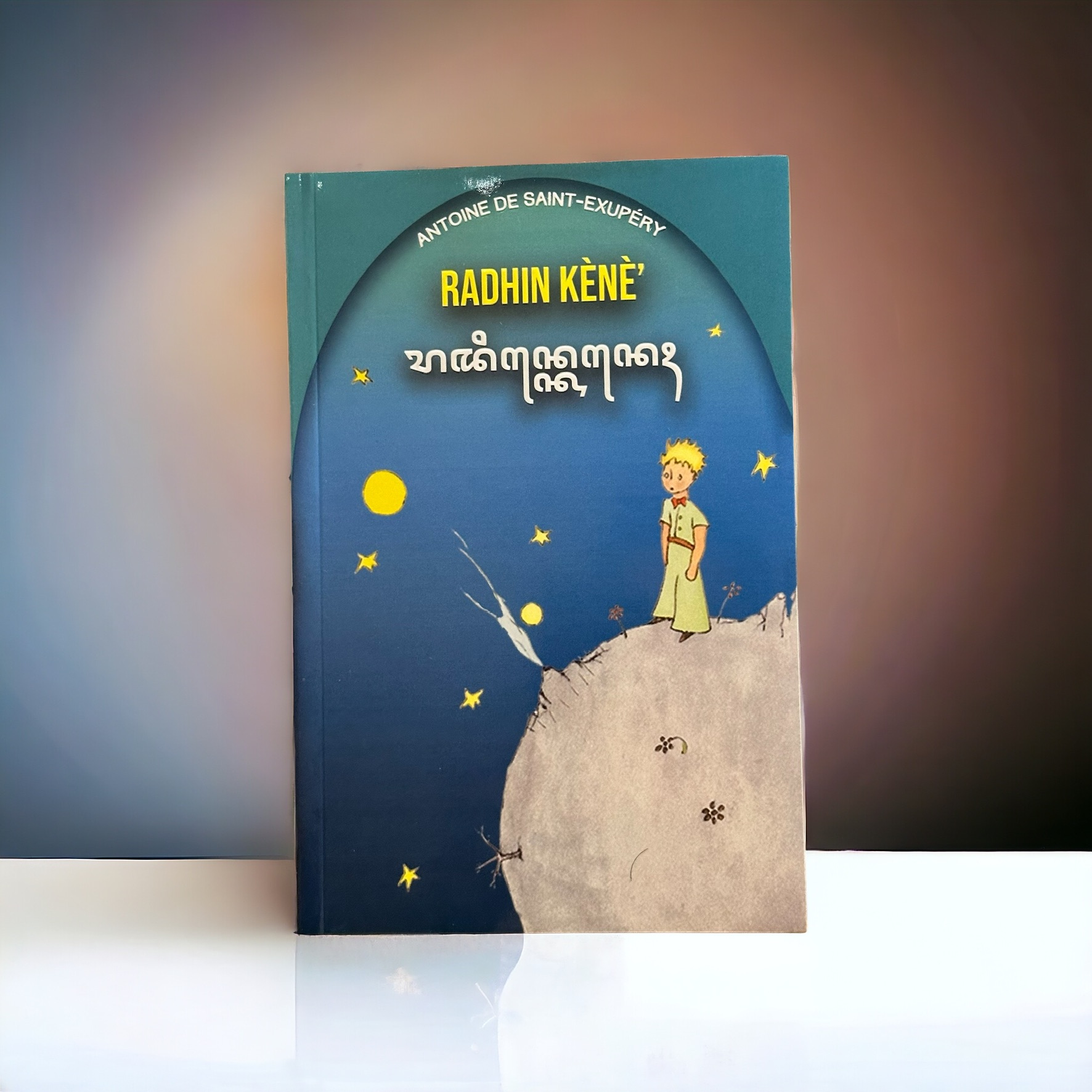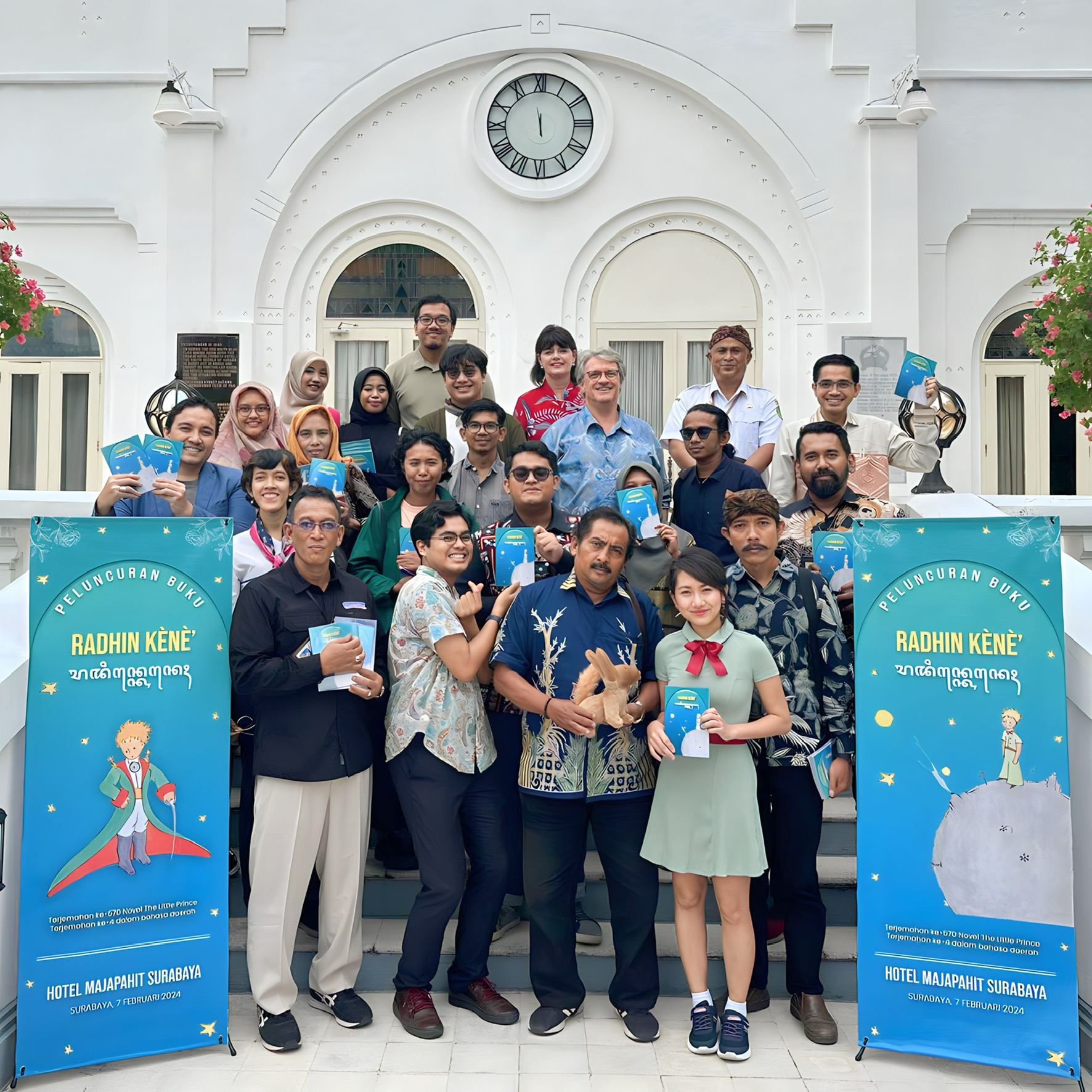
Radhin Kènè’ — in Madurese.
The Madurese language, spoken by the Madurese people, is a significant regional language in Indonesia. It is predominantly spoken in the Madura Island and some parts of the eastern Java region in Indonesia. It is also spoken in the surrounding small islands and parts of Kalimantan. The number of Madurese speakers is estimated to be around 13.6 million, making it one of the major languages of Indonesia.
Madurese is a member of the Malayo-Polynesian branch of the Austronesian language family. This places it in the same broad family as Indonesian, Malay, Javanese, and Tagalog among others, though it has its distinct characteristics. There are several dialects of Madurese, which can mainly be classified into four: Central Madurese, Eastern Madurese, Western Madurese, and Bawean. Each dialect has its own unique features in terms of pronunciation, vocabulary, and sometimes grammar.

Madurese has a rich sound system. It includes sounds that are not found in many other Austronesian languages, such as the prenasalized stops and a series of ejective consonants. The language’s phonology is known for its complexity, particularly in its consonant system.
Like many Austronesian languages, Madurese uses a predicate-initial sentence structure. The language also utilises a complex system of affixes to indicate grammatical relations and verb tenses. It has been influenced by neighbouring Javanese and Sundanese languages, as well as by Sanskrit and Arabic due to historical contacts. This influence is evident in its vocabulary, which includes a significant number of loanwords from these languages. Historically, the Madurese language used a script called Carakan Madura, which is a variant of the Javanese script. However, in modern times, the Latin alphabet is predominantly used for writing Madurese.

This Madurese edition of the Little Prince was launched in Surabaya on 07 Feb 2024.


